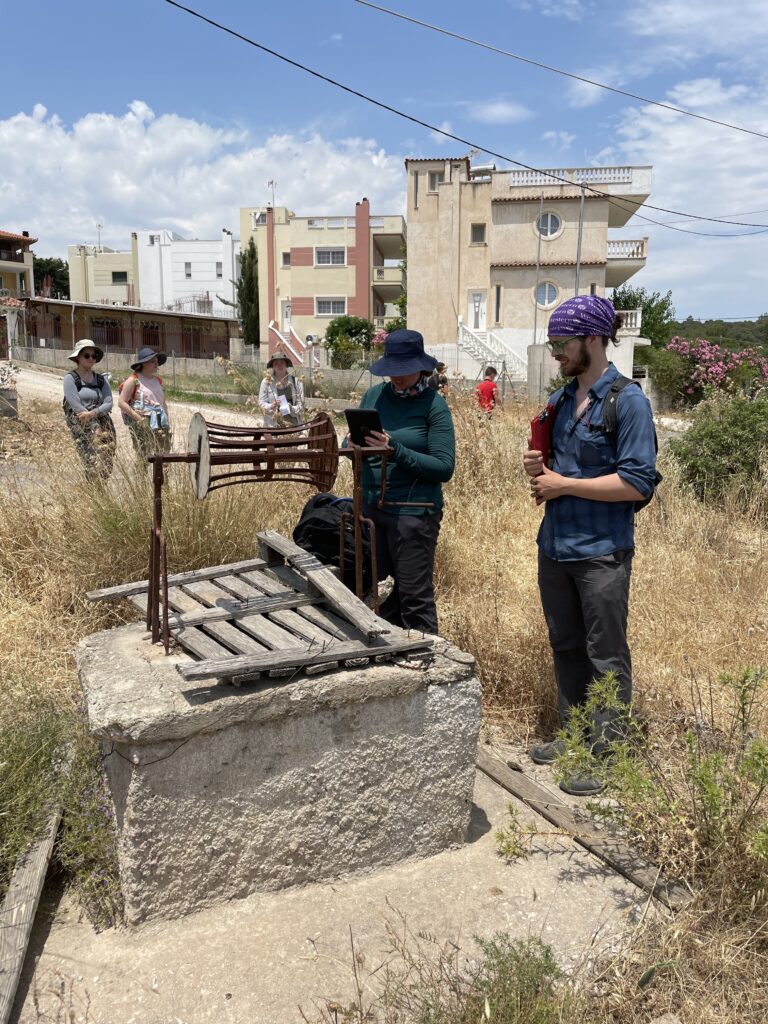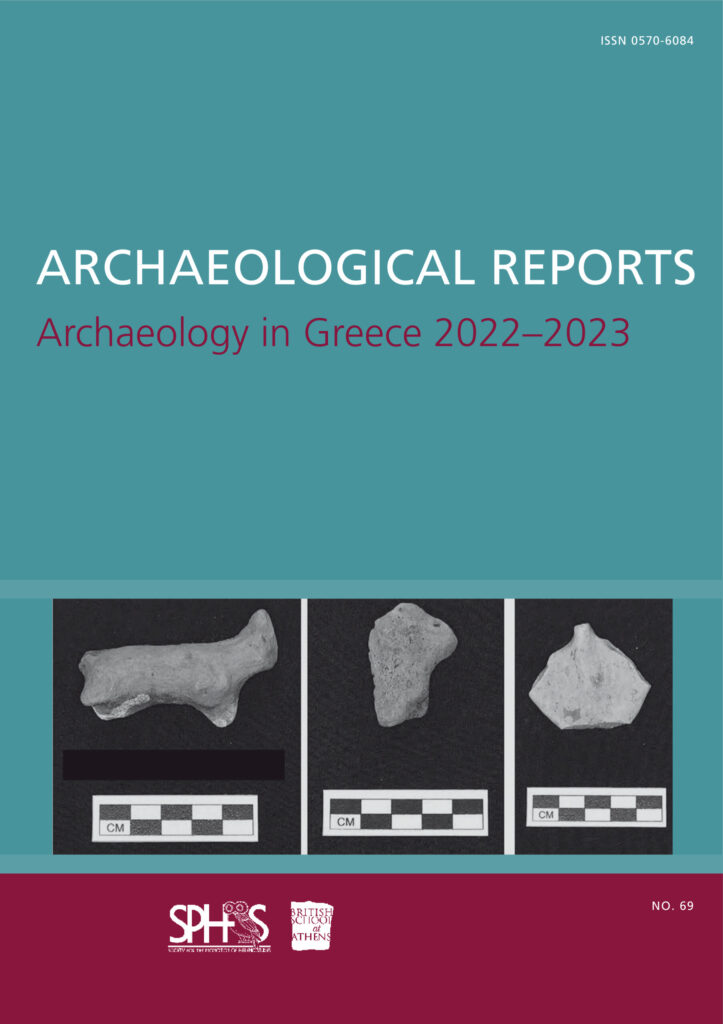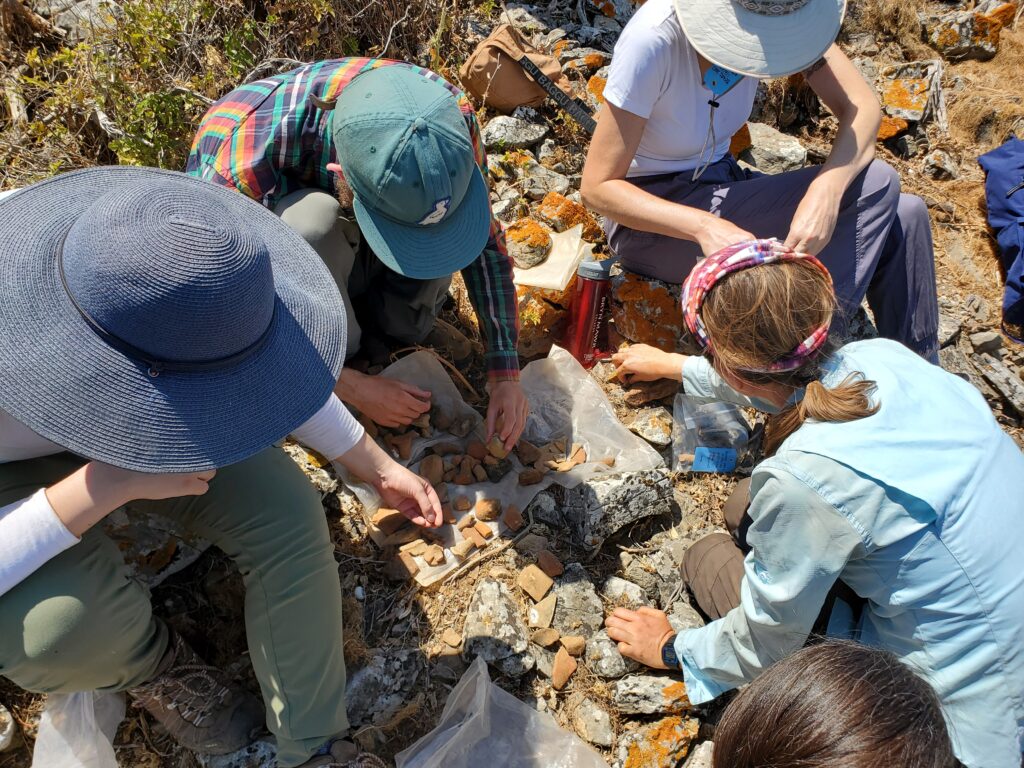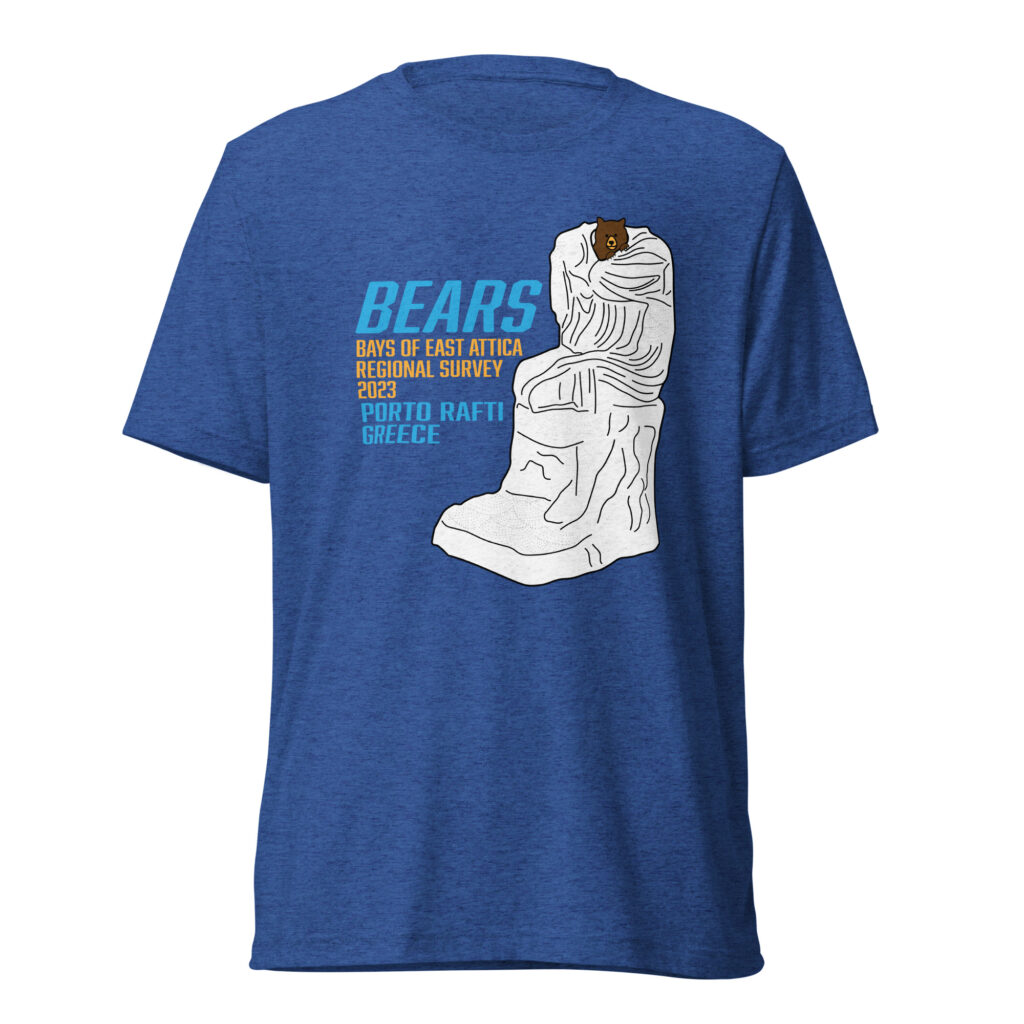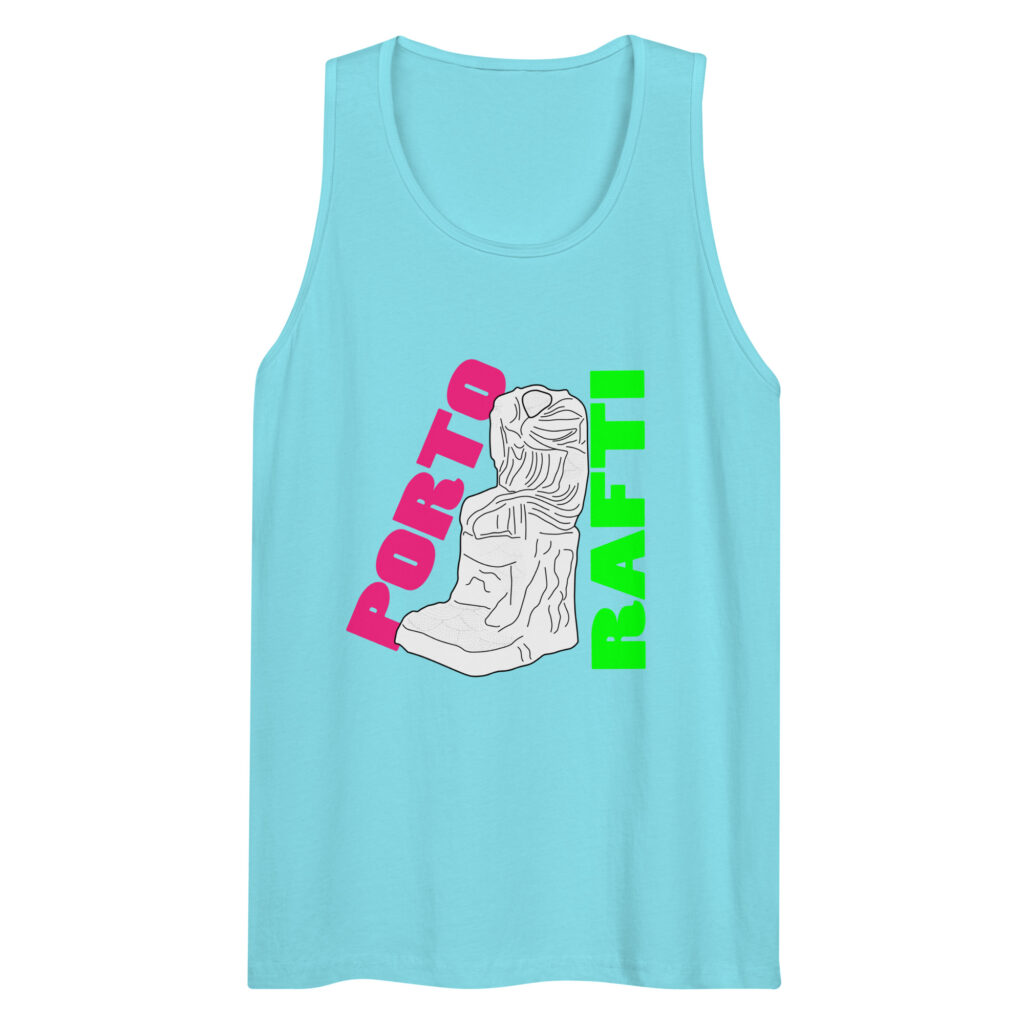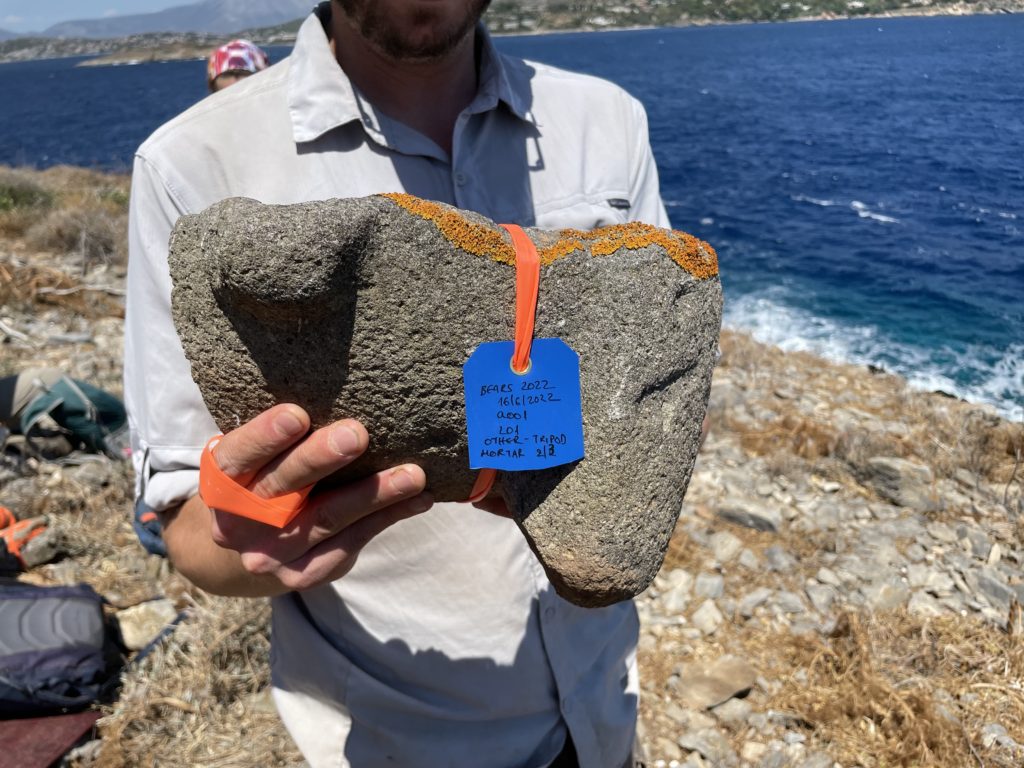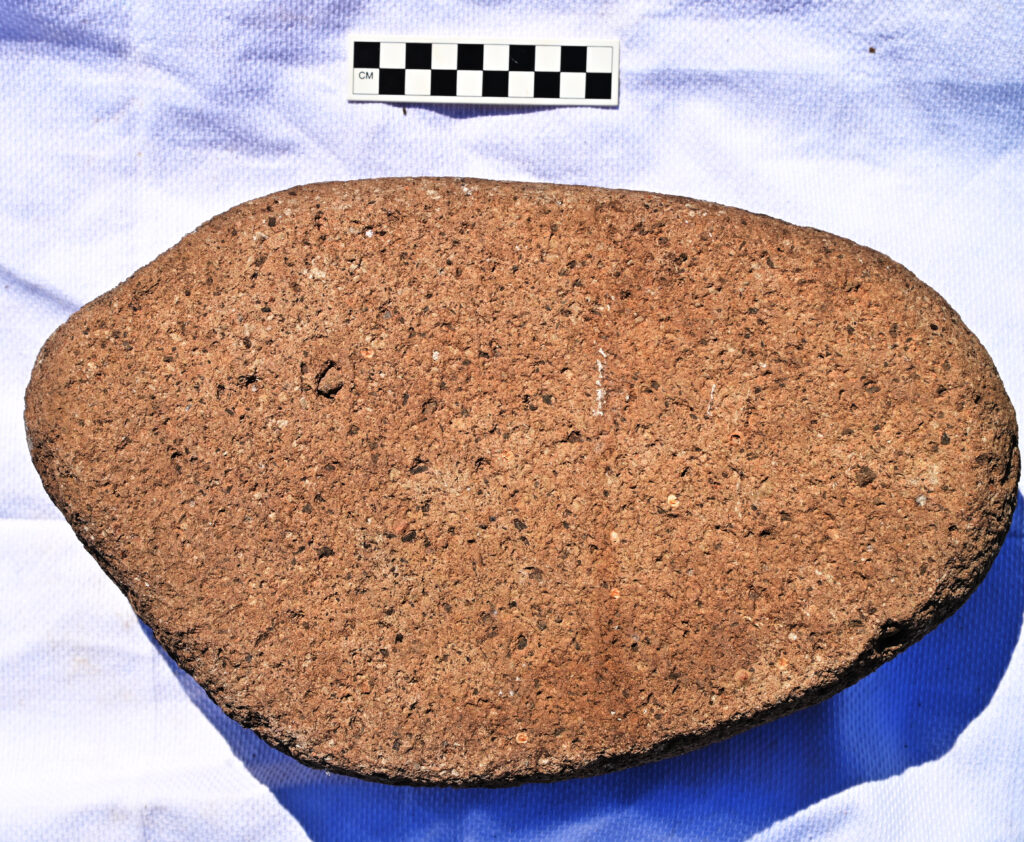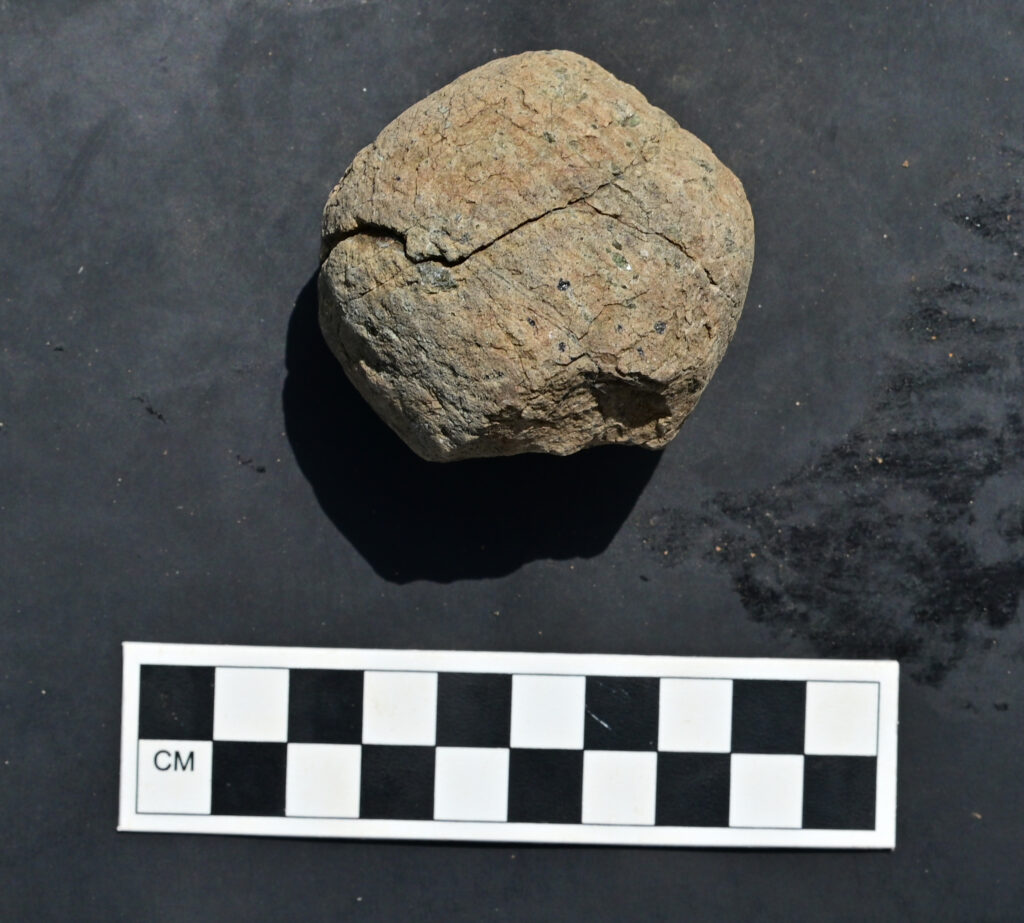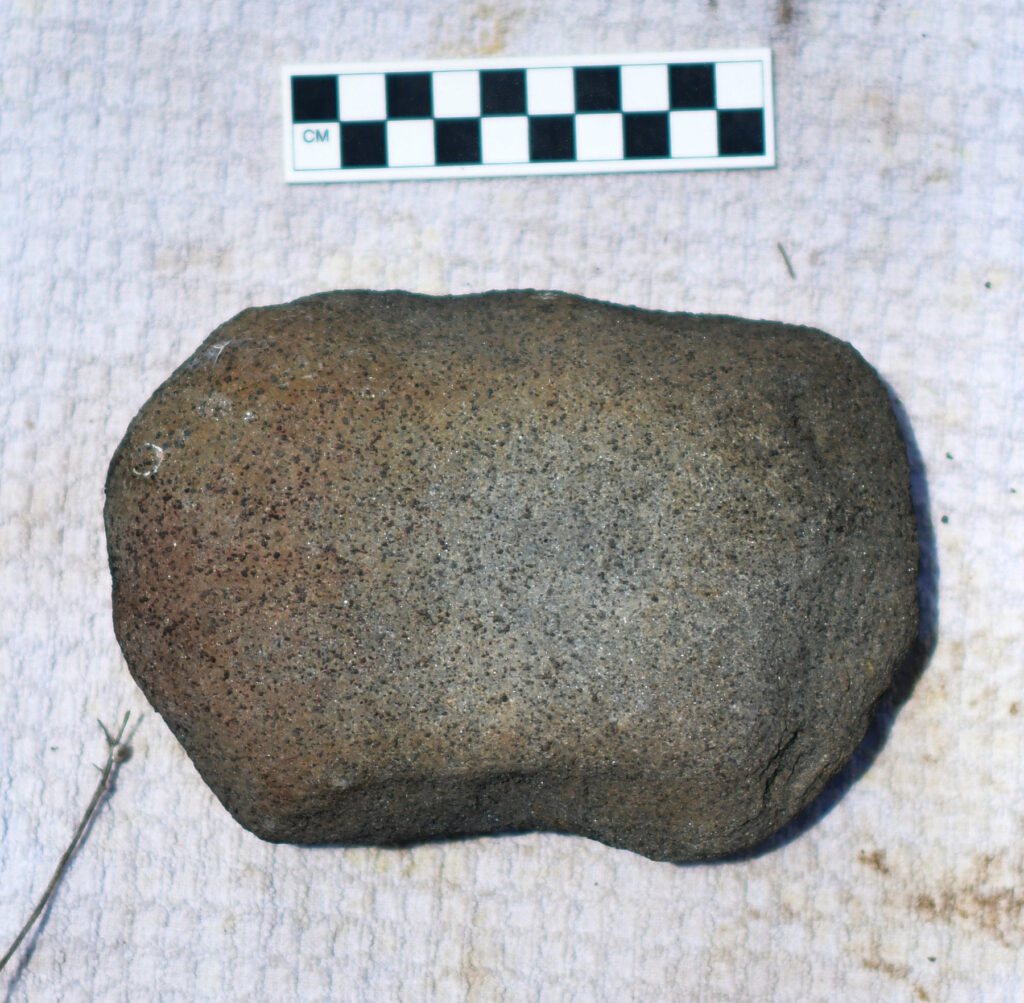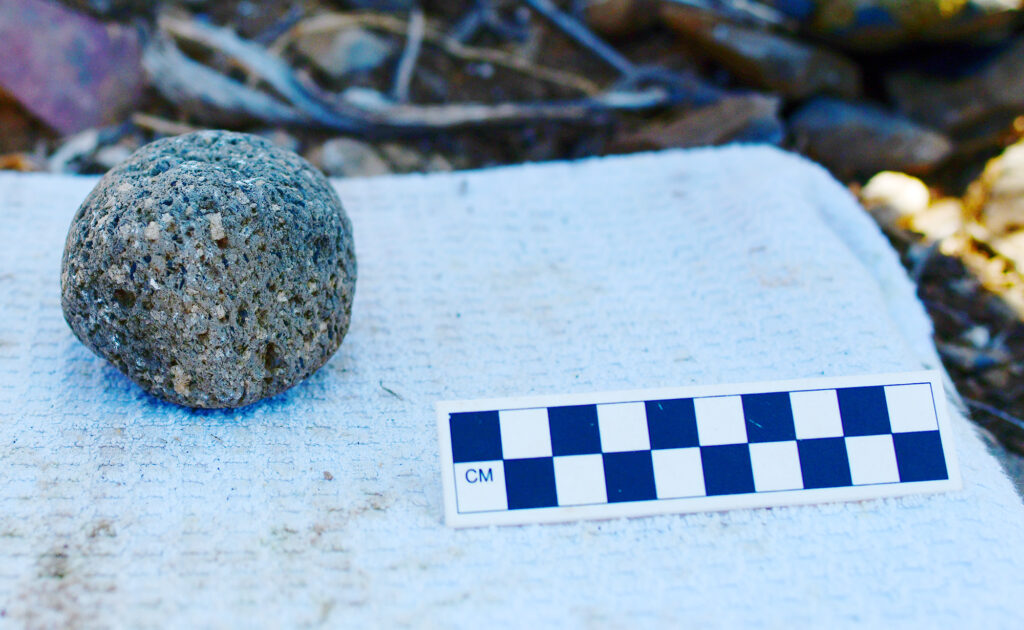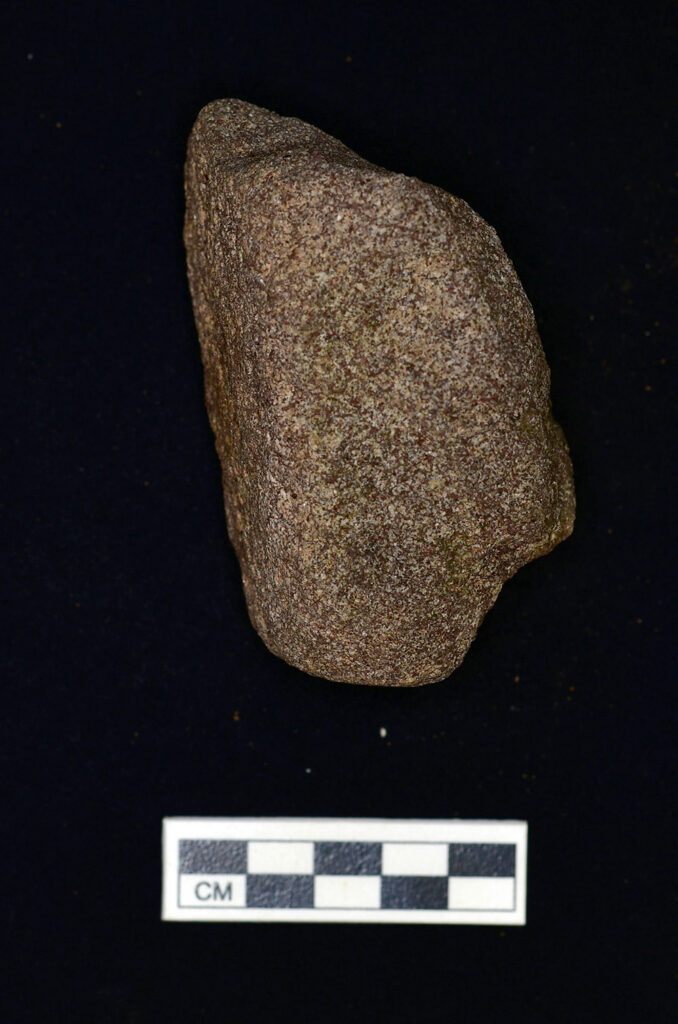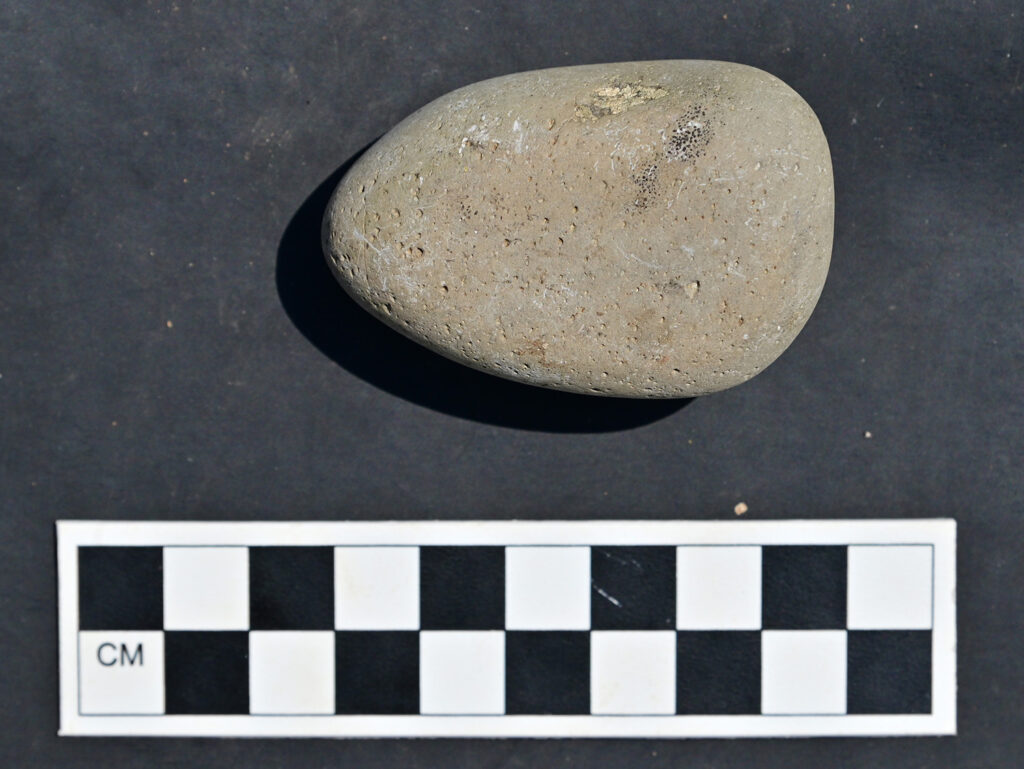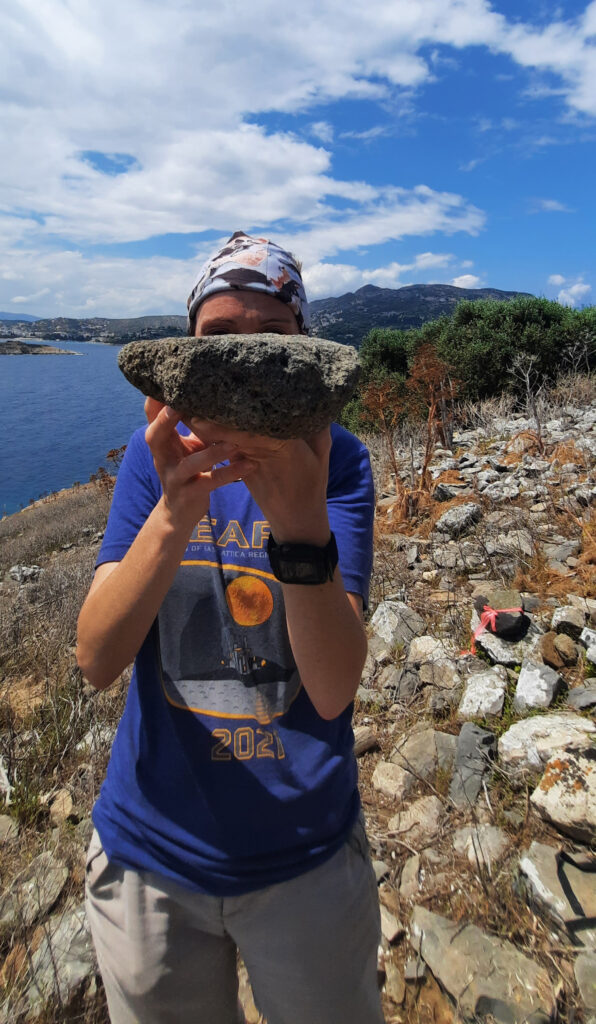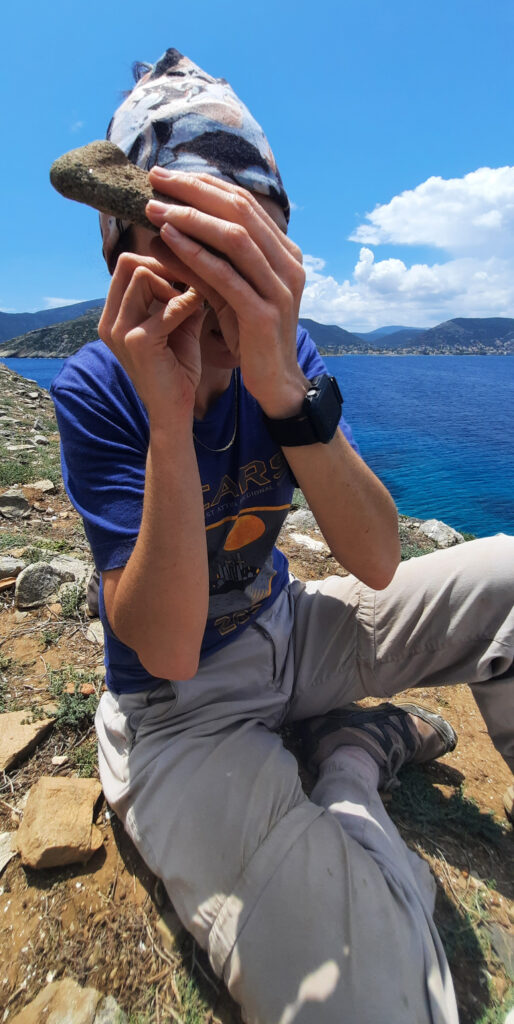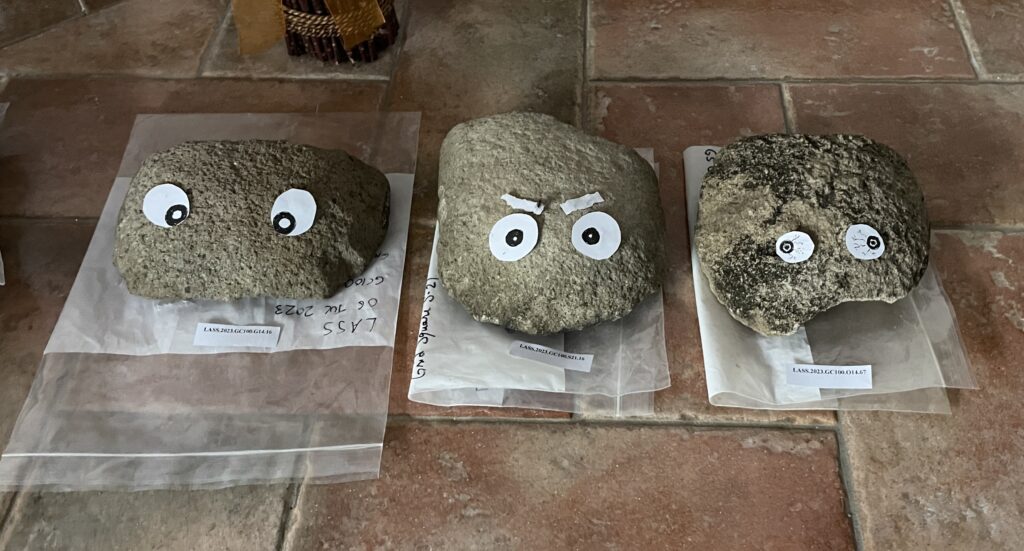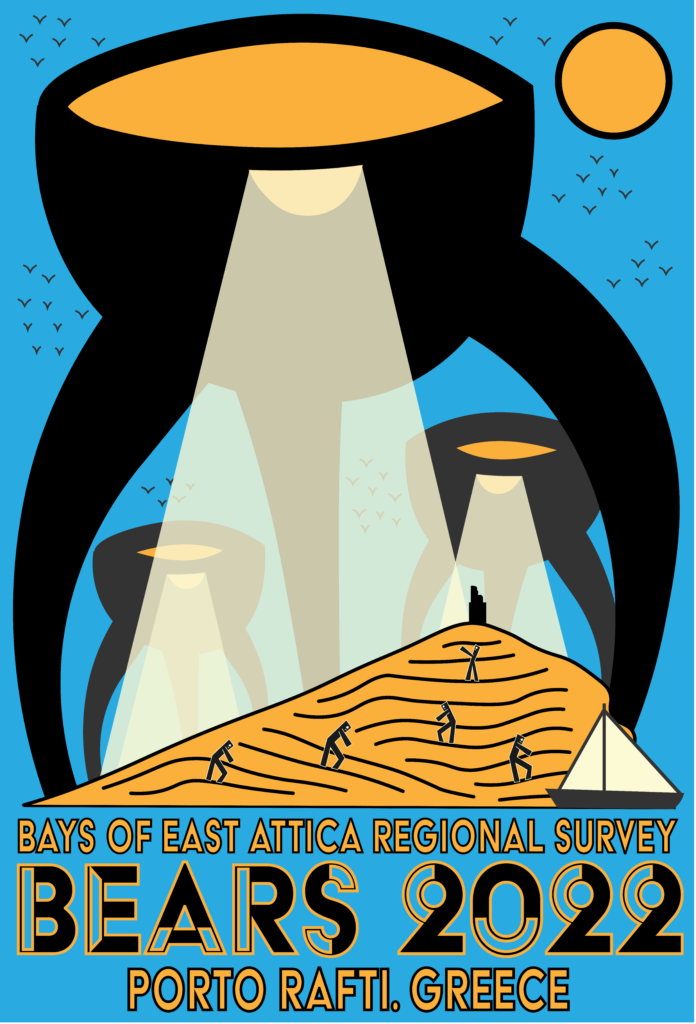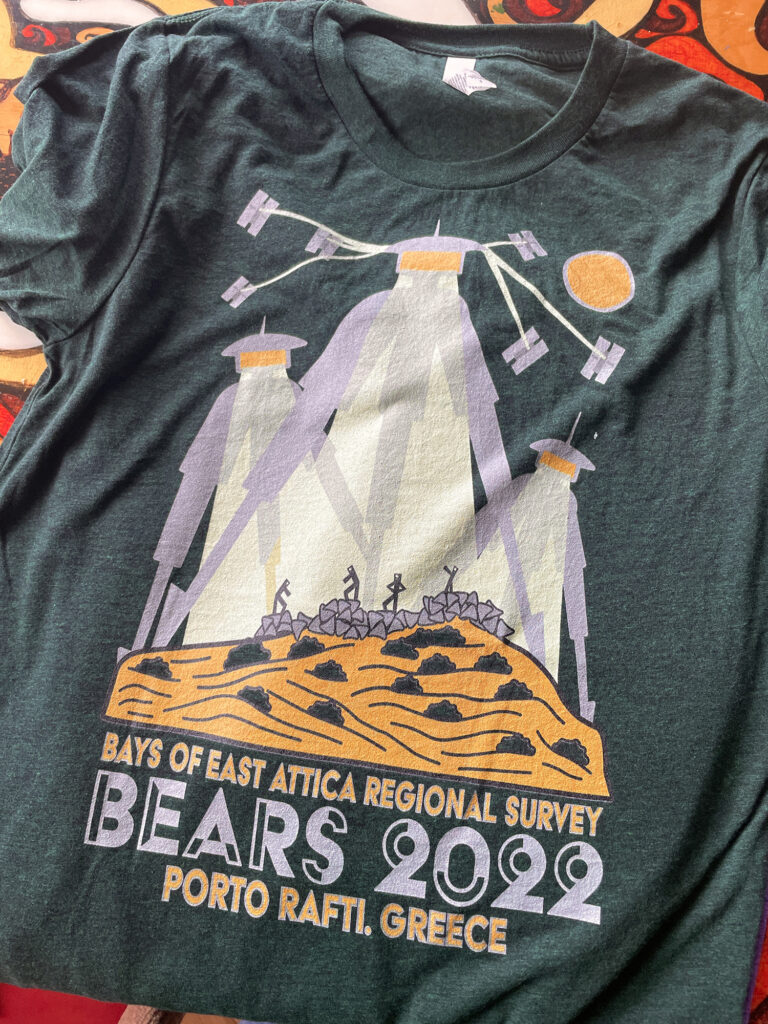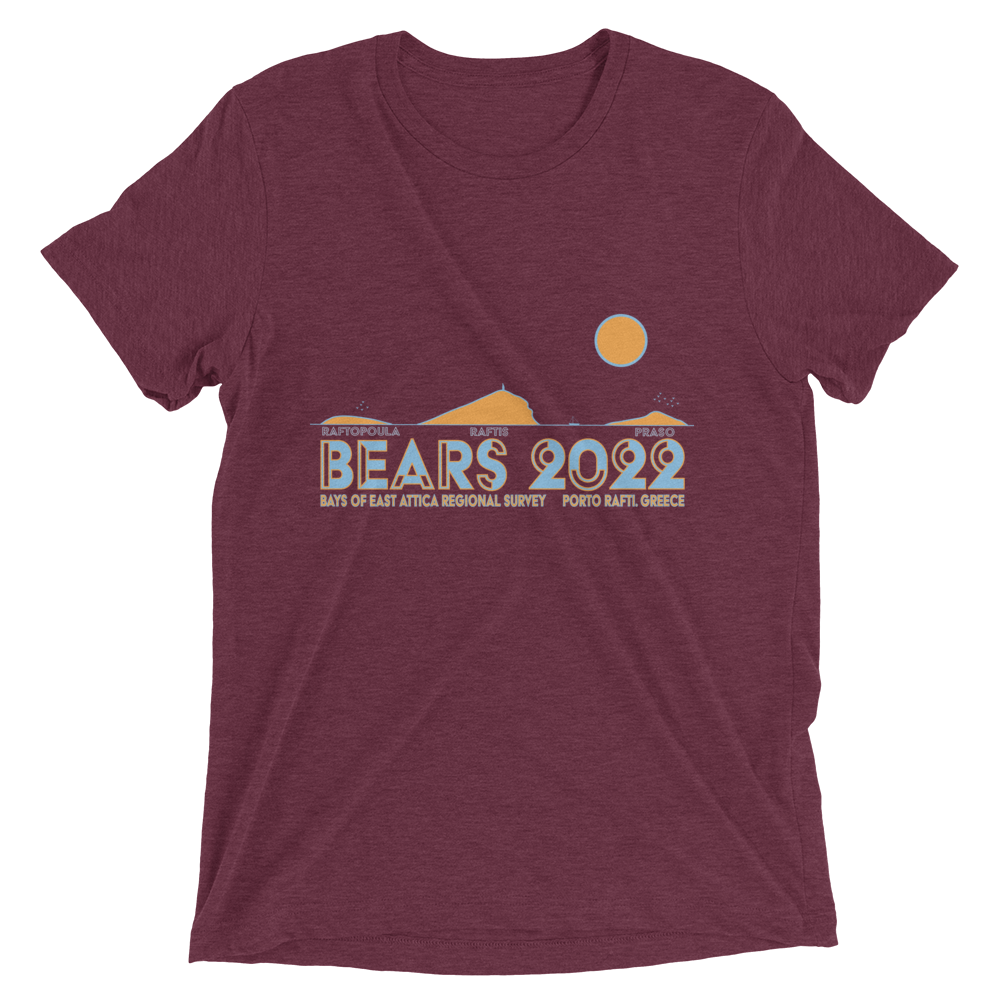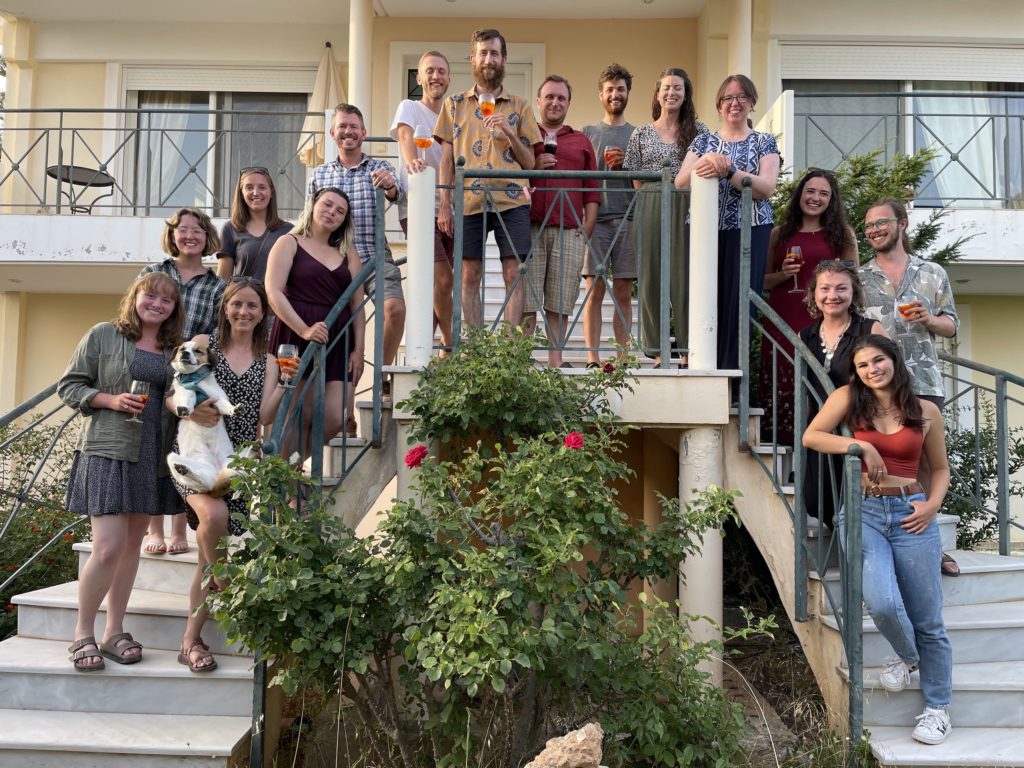With 2024 knocking at the door, it’s almost time for the annual early-January, conference of the Archaeological Institute of America, which will take place in breezy Chicago this year. BEARS team members are well-represented in the program – those interested in the project’s research will be especially excited to see a full colloquium session devoted to papers about our finds from Porto Rafti, which is scheduled for Saturday morning, January 6. A full roundup of BEARS team members and their papers/roles in sundry sessions is listed below.
Friday January 5
Session 1F: The Mycenaean Koine in Context: Disentangling Material Uniformities in the Aegean Late Bronze Age (Colloquium)
Discussants: Carl Knappett, University of Toronto, and Sarah Murray, University of Toronto
Session 2F: Minoan Crete
A Liminal Approach to Cultural Interaction and Maritime Exchange at Two Late Bronze Age Aegean Harbors.
Elliott J. Fuller, University of Toronto
Saturday January 6
Session 4B: The Archaeology of Aegean Islands and Coasts: A View from Porto Rafti, Greece based on the Results of the BEARS Survey (Colloquium)
Organizer: Catherine Pratt, University of Texas at Austin
Implementing Survey in a Suburban Coastal Context: Reflections from the BEARS Project.
Grace Erny, University of California, Berkeley, and Maeve McHugh, University of Birmingham
Chipped Stone Tools from the Bays of East Attica Regional Survey (BEARS)
.Aikaterini Psoma, University of Illinois at Chicago
LH IIIC Pottery in the Bay of Porto Rafti: Insights into Production, Consumption, and Exchange
. Bartłomiej Lis, Polish Academy of Sciences
Koroni and Porto Rafti in the Greek Historical Period.
Miriam Clinton, Rhodes College, and Melanie Godsey, Texas Tech University
Roman Period Porto Rafti: Results of the Bays of East Attica Regional Survey, 2019-2022.
Joseph Frankl, University of Michigan
Session 5C: Temples and Sacred Space in the Greek World
Cultic Topographies in the Neda Borderlands. Shannon M. Dunn, Bryn Mawr College
The Archaic Temple of Athena Hippolaitis in Southwestern Mani
. Philip Sapirstein, University of Toronto
Session 5K: Peer Review: Present Tensions, Future Directions (Joint AIA-SCS Workshop)
Panelists: Ellen Bauerle, University of Michigan Press, Emma Blake, University of Arizona & AJA, Sam Huskey, University of Oklahoma, Sarah Murray, University of Toronto & JMA, Sarah Nooter, University of Chicago & CP, Jennifer Sacher, ASCSA & Hesperia, Colin Whiting, Dumbarton Oaks & DOP, and Lin Foxhall, University of Liverpool & JHS


